The extreme weather of climate change hits the residents of Vancouver’s Downtown Eastside differently compared with the rest of the city. They may be exposed to it while living on the streets, during the day when shelters aren’t open, or in their homes in the neighbourhood’s aging single-room occupancies, or SROs.
As summer approaches — alongside the third anniversary of the June-to-July 2021 heat dome that killed 619 people in British Columbia — a new report stresses the unique challenges faced by residents of the Downtown Eastside in a climate crisis and suggests solutions.
The report, titled “Unhoused Under Pressure,” is a collaboration between the Union Gospel Mission, a non-profit based in the neighbourhood, and the University of British Columbia’s Sustainability Hub.
“We know the impact of climate change is disproportionate and it most affects the people who’ve done the least to cause the problems,” said Linda Nowlan, senior director of the Sustainability Hub.
“So low-income people — many who live in the Downtown Eastside, people who live without adequate housing or precarious housing — are more at risk [compared with] wealthier people in neighbourhoods where they have more trees, where they can afford air conditioning or have as much water as they need.”
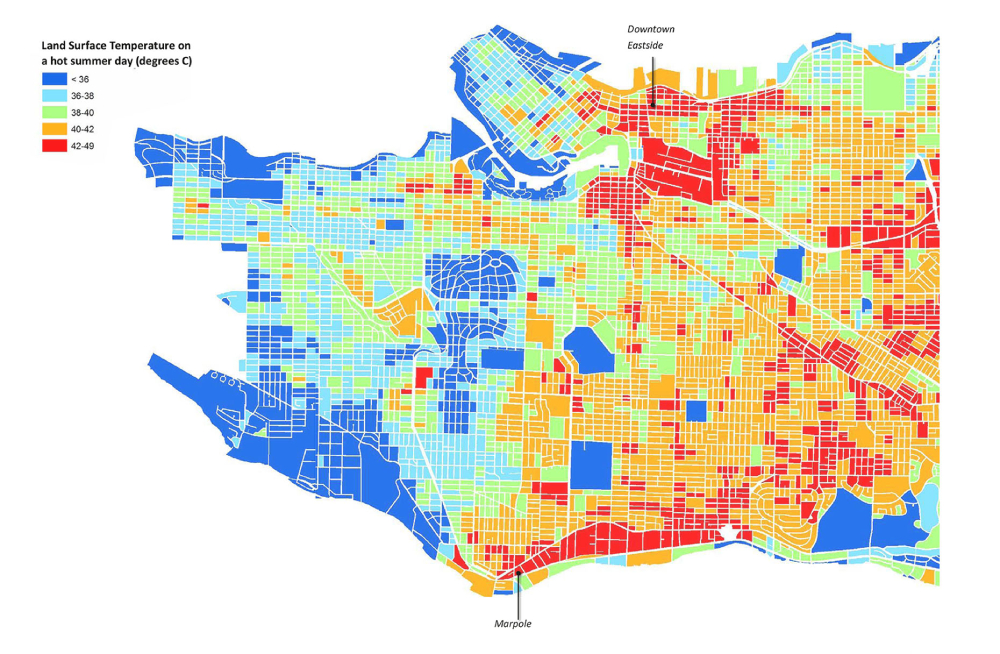
Inside the ‘urban heat island effect’
Aside from poverty and various forms of housing insecurity, the Downtown Eastside is home to many people with addictions, disabilities, mental health issues and food insecurity.
The report also homes in on aspects of the built environment that make the neighbourhood vulnerable to extreme weather.
There is a deficit of street trees compared with the leafy residential areas on the city’s west side, creating what is called an “urban heat island effect” in the Downtown Eastside.
Temperatures in the evening can vary as much as 12 C between highly paved areas and those with shade.
There is a lack of green space for residents to seek respite. This was a big problem when COVID-19 hit. To make things worse, neighbourhood parks were closed due to construction, with locals criticizing the city for ignoring this dire need. Some suggested that it was because officials feared tent cities popping up.
Old SRO buildings, a number of which are notorious for squalid conditions, do not have air conditioning. Landlords may forbid tenants from plugging in their own air conditioning units. Some buildings do not have elevators. Water quality in shared bathrooms and kitchens may also be poor.
“I can’t drink the water in the building. You get giardia if you do,” an SRO resident named Shayne told The Tyee during the 2021 heat dome.
“I can’t brush my teeth. I have to buy bottled water. It’s expensive and a pain in the ass.”
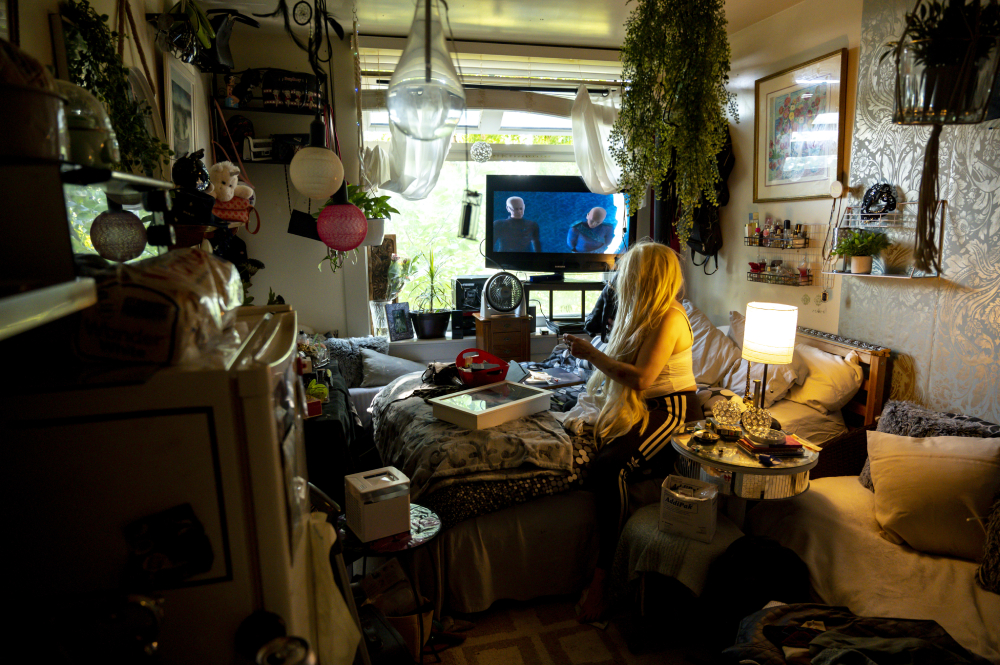
A series of maps from the City of Vancouver’s citywide plan in 2022 shows areas where hazards are concentrated: future flood hazard with sea level rise, air quality measured by concentration of particulate matter, extreme heat as measured by afternoon surface temperature and seismic risk by buildings likely to be damaged.
In all of these maps, the Downtown Eastside is shaded.
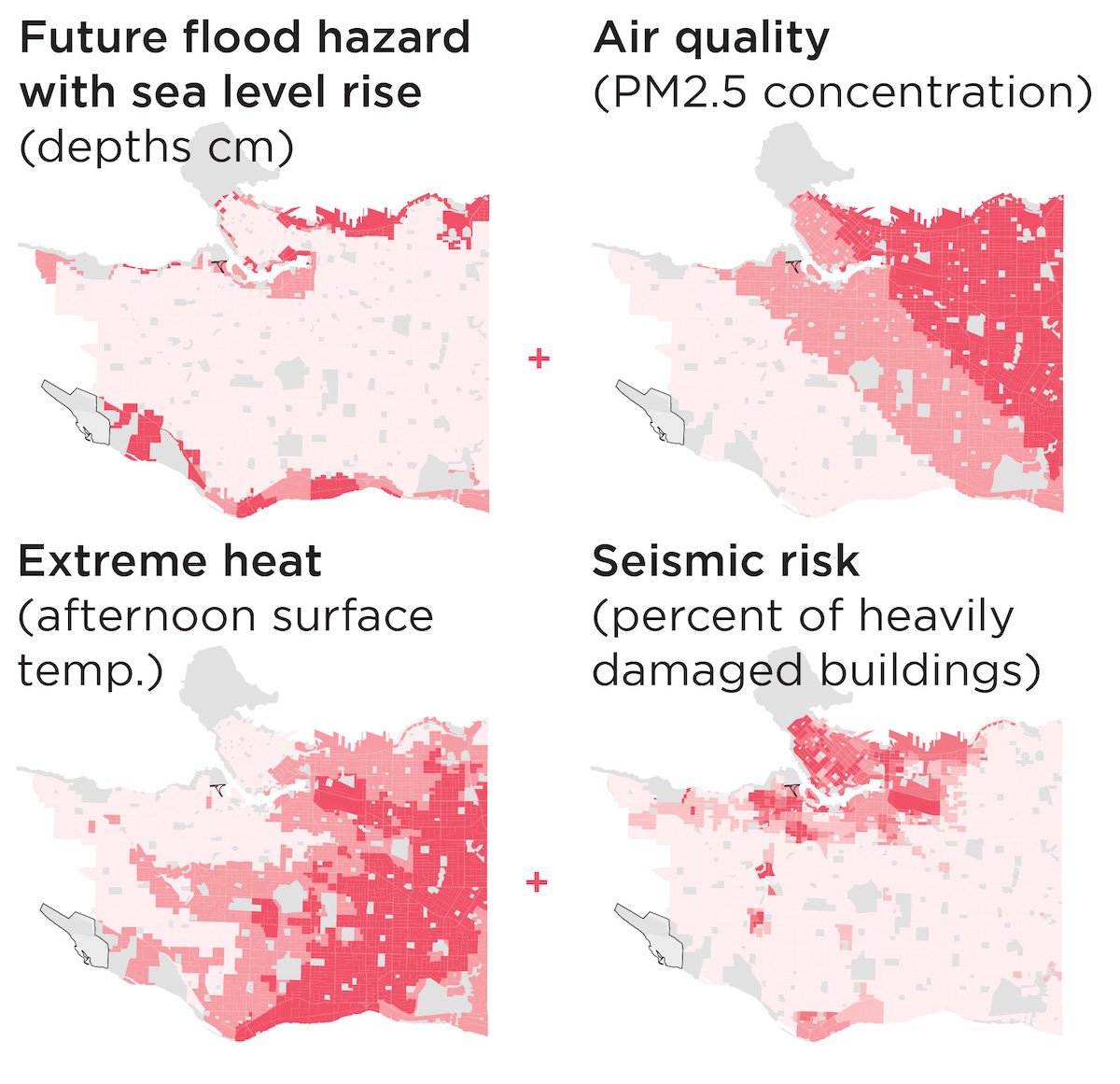
The inequality of disaster
“We see an intersection of all these devastating impacts and we need more mitigation,” said Sarah Chew, a spokesperson at the Union Gospel Mission.
Homelessness is a big enough issue without a driver like extreme weather.
“Our shelter is full — not just on days that are hot, not just on days that are cold,” she said. “Our shelter is full nearly every single night of the year.”
And there’s the worsening toxic drug crisis, which the province declared a public health emergency back in 2016 and which has killed over 14,500 people since. Chew referenced recent research that showed toxic drug deaths increased during hot temperatures in B.C.
The city’s climate emergency plans do mention such inequalities, and there are already supports in place when extreme weather hits, such as cooling and warming centres, but the report suggests a few more.
Extend hours for such emergency centres. Improve accessibility so that people with pets and their belongings on carts can access them too. Extend the operating hours of medical offices, as well, so people can receive more timely care.
In the event of a heat wave, the report also suggests more transportation (buses to get people to cooling centres), more handouts (from water bottles to cooling kits), more infrastructure (new water fountains and misting stations) and more communication (printing maps of resources for those who don’t have phones).
Of course, there are bigger solutions, like the building of new social housing for the neighbourhood and urban greening. A motion to expand the city’s tree canopy was just approved by council on June 12.
The report does not cover floods and earthquakes but makes brief mention that the Downtown Eastside is also especially vulnerable to these disasters.
“It’s really important [to] pay even more attention to the disparity in the experience of residents,” said Nowlan with UBC’s Sustainability Hub.
She appreciates the urgency of the crisis communicated by UN Secretary-General António Guterres, which applies to the world at large but also to cities like Vancouver.
“We cannot accept a future where the rich are protected in air-conditioned bubbles,” Guterres said, “while the rest of humanity is lashed by lethal weather in unlivable lands.” ![]()
Read more: Health, Rights + Justice, Housing, Environment




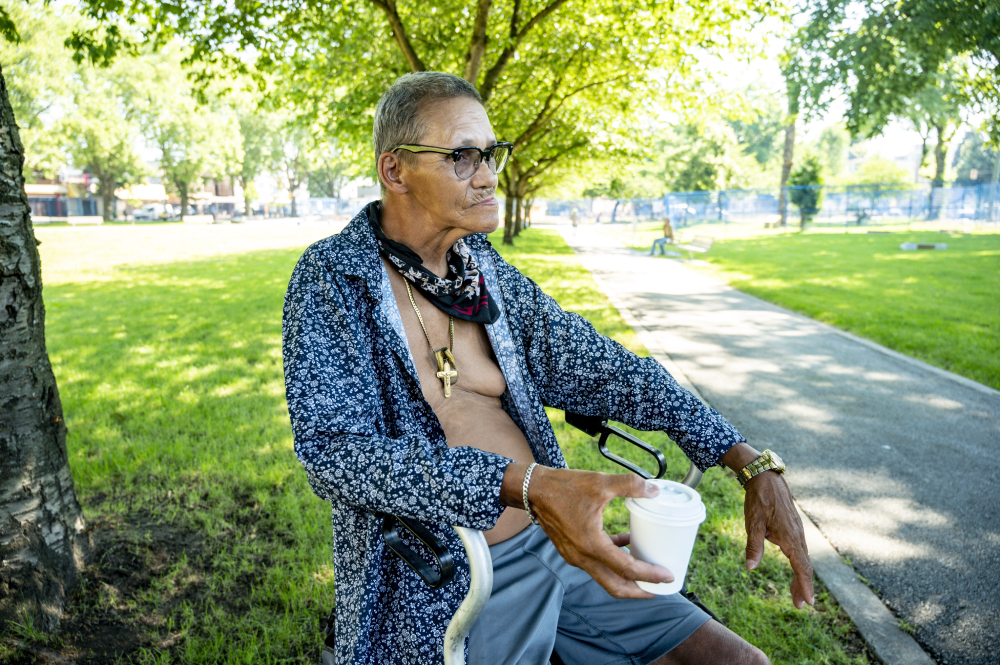

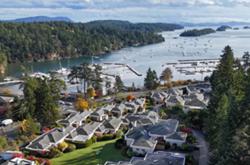

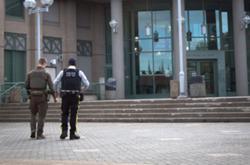
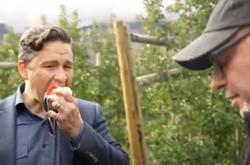


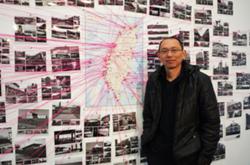


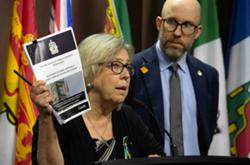
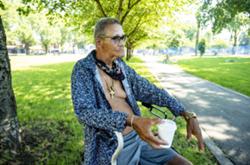
Tyee Commenting Guidelines
Comments that violate guidelines risk being deleted, and violations may result in a temporary or permanent user ban. Maintain the spirit of good conversation to stay in the discussion and be patient with moderators. Comments are reviewed regularly but not in real time.
Do:
Do not: